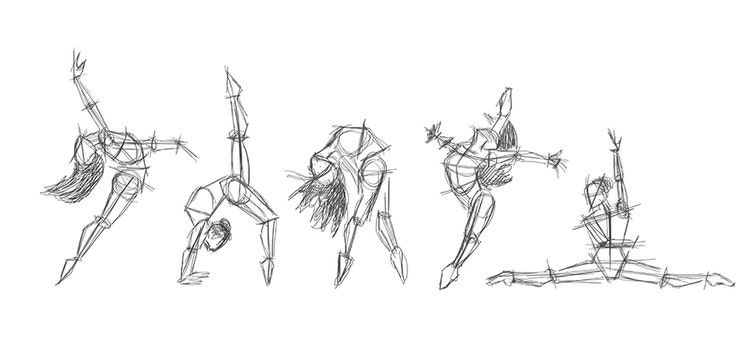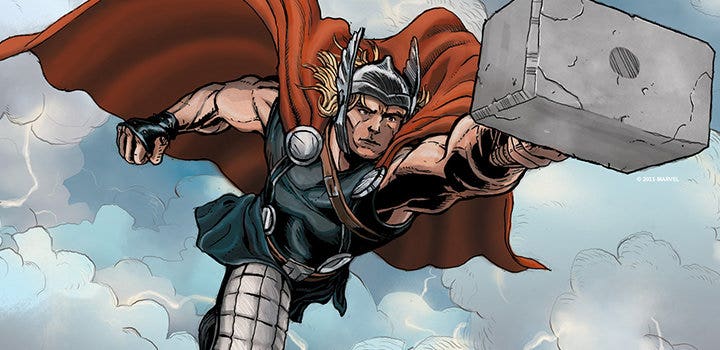ILLUSTRATOR
A beginner’s guide on how to draw: From doodles to art.
Figuring out where to begin and what to draw can be challenging. Discover ways to hone your drawing skills.
ILLUSTRATOR
Figuring out where to begin and what to draw can be challenging. Discover ways to hone your drawing skills.

Crayons and drawing are synonymous with early childhood education, but many people fall away from art over time. For some, it’s a matter of interest, but often that dropoff is fuelled by a belief that an ability to draw is an innate talent. It’s something you have or you don’t. In truth, it’s a learnt skill, one built over years of consistent practice. If you have the passion and commitment, you can take your knack for scribbling in the margins to a dedicated drawing practice.
You have to start drawing somewhere and you can start where you are: sketch the world around you.
“Draw what’s in front of you. No matter what you do, your act of trying to capture what’s in front of you will help,” editorial artist Chris Kindred says. “Every single bit of effort counts. There is no such thing as wasted effort in drawing.”
From flowers to figures, whether it’s a fellow commuter on the subway or a dog at the park, you are surrounded by models you can use to hone your skills. Kindred recommends keeping a sketchbook on you wherever you go so you can practise any time — or even grab your tablet for on-the-go digital drawing.
“Every single bit of effort counts. There is no such thing as wasted effort in drawing.”
“Do life drawing. A lot of cities and colleges offer classes to the public that are actually really cheap,” artist Mildred Louis says. “It’s a good idea to understand what goes into building that structure. The more you understand proportions, the better you can mess around with them if you want to go super stylistic or more realistic — build that basic foundation first.”


Building off the work of those who’ve come before you is a great way to learn. Trying to pass off the work of another artist as your own is plagiarism, but emulating the work of accomplished illustrators is an observational exercise that can help you to improve your drawing skills.
“Beginner artists seem to think, ‘If I use reference, I’m cheating.’ There’s this weird mentality surrounding copying,” illustrator and comic artist Jen Bartel says. “Every working professional artist I know uses tons of reference. If you reference something enough times, you build muscle memory so you’re able to just draw without reference. But when you’re first starting out, pulling reference images or observing things in real life is super helpful.”
It’s notable that this advice comes from many artists.
“Focus on a style that you’re most intrigued by,” graphic novel writer and artist Ethan Young says. “If you’re a true beginner, there’s no shame in just copying as much as possible.”
“I started drawing by basically copying anime and that’s still very prevalent in how I draw now,” Louis says, noting that it’s a beginning step on the way to developing your own style.
“If you’re a true beginner, there’s no shame in just copying as much as possible.”
Musicians don’t learn to play guitar by writing original music; they learn to play music from other songwriters. For developing artists, the same principle applies. And with an archive of drawing tutorials at your fingertips, it’s easier than ever before to learn from the experience of illustrators working in various styles.
Developing your eye through careful observation is an important part of learning to draw. “I look at people who inspire me and look for the solutions that they’re finding when they draw things,” Kindred says. “Think about how that person got there and try to replicate the process from the ground up.”
Explore these step-by-step tutorials and live drawing demonstrations to gain insight from the knowledge of other artists:
French art nouveau and comic artist Lois van Baarle walks you through the stages of creating a digital painting.
Download and install brushes from artist Kyle T. Webster and get step-by-step instructions on how to adjust them before beginning your experimentation.

See artist Chad Lewis go from reference sketch to coloured comic book panel in this quick guide.

Sit down with illustrator and designer Logan Faerber as he draws and colours character illustrations while answering questions from the Behance community.

There’s no avoiding it: learning to draw well takes practice. Putting in the time to get over the beginner hump can be tough.
“At first, because things don’t always come naturally, it can be discouraging and frustrating,” Bartel says. “But that’s always how it goes when you’re learning something new. So just practice, practice, practice and don’t give up.”
You can begin simply by getting to know your own drawing.
“Practice, practice, practice and don’t give up.”
“Try to draw the longest lines you can without assistance — abandon the ruler,” Kindred suggests. “That way you build confidence in what you’re drawing.” Another exercise he suggests is to draw as many lines as possible through a single dot. It’s all about becoming more and more familiar with your work. “Those are exercises that I do to get comfortable making marks,” Kindred says, “Because you’re going to make a lot of them as an artist.”
As with going to the gym, growing these creative muscles can feel repetitious, but that repetition builds on itself. It’s important to go beyond what comes naturally and get out of your comfort zone as well.
“A lot of what people point to with my artwork is faces, but that used to be a thing that I didn't like drawing at all,” Louis says. “I started doing a lot of exercises where I focused on drawing different facial features and different facial expressions. It definitely helped me to develop how to draw faces and make it less painful.”
“Do those things that feel fun to you. Do the things that feel right, that feel natural and always be chasing that feeling.”
And while working to improve in places will round out your skill, remember that practice is a means to an end — and that end is creating drawings and art that you can be proud of. “Do those things that feel fun to you,” Kindred says. “Do the things that feel right, that feel natural and always be chasing that feeling.”
Contributors